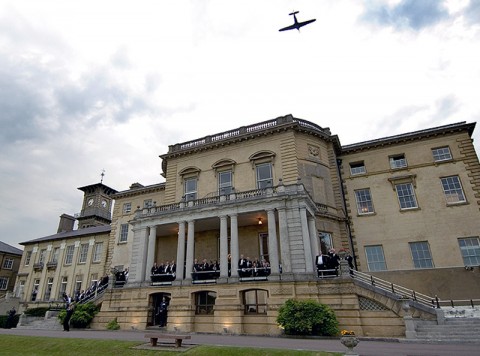What’s wrong with a little destruction?
“Slough” by John Betjeman (1937): Come friendly bombs and fall on Slough! It isn’t fit for humans now, There isn’t grass to graze a cow. Swarm over, Death! Come, bombs and blow to smithereens Those air-conditioned, bright canteens, Tinned fruit, tinned meat, tinned milk, tinned beans, Tinned minds, tinned breath. Mess up the mess they […]



